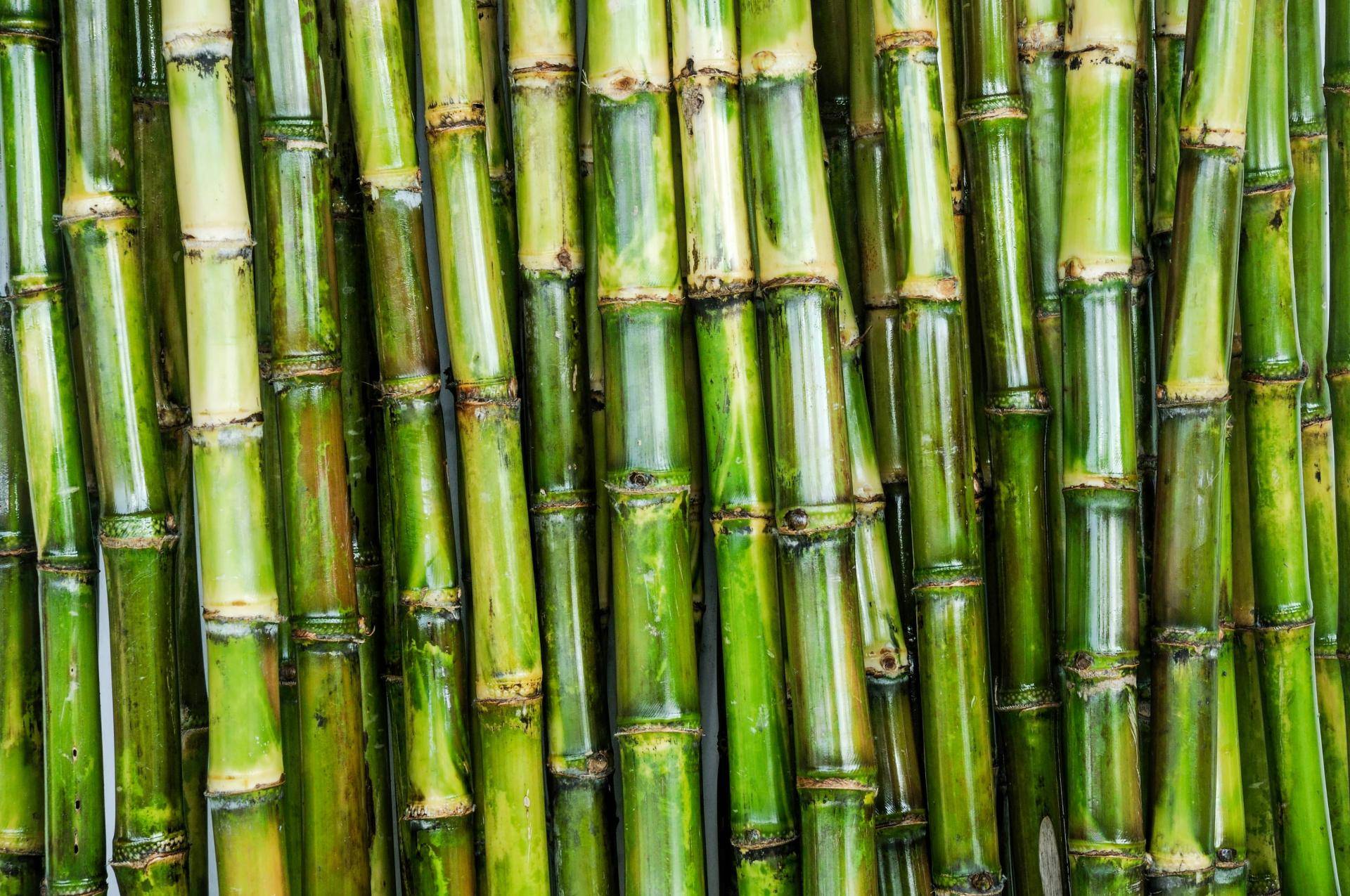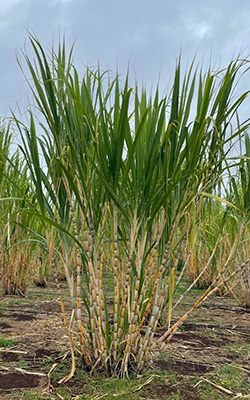The Rich History and Origins of Sugar and Cane Around the World
Discovering the Perks of Walking Cane Sugar Handling Chemicals for Sustainable Practices
The integration of specialized handling chemicals in cane sugar production offers a compelling opportunity for progressing lasting practices within the market. These chemicals not only enhance extraction performance and product quality but likewise contribute to significant decreases in source intake and environmental impact.

Introduction of Walking Stick Sugar Handling
Walking stick sugar handling entails a series of elaborate actions created to extract and improve sucrose from sugarcane. This process begins with harvesting the sugarcane, which is typically done by reducing the stalks close to the ground. sugar and cane. Once harvested, the cane is moved to a handling center, where it undertakes washing and shredding to prepare it for juice extraction
The next step entails squashing the shredded walking stick to release the juice, which contains dissolved sucrose in addition to various contaminations. This juice is then made clear, usually through heating and the addition of lime, to eliminate strong contaminations and get a more clear liquid. The clarified juice is ultimately vaporized to concentrate the sugar web content, resulting in a syrup.
The raw sugar is additional fine-tuned via processes such as drying out and cleaning, ultimately producing the last product that is suitable for consumption. Each action in this extensive process is crucial for making certain top quality walking cane sugar, highlighting the intricacy and precision intrinsic in sugar production.
Duty of Processing Chemicals

Using handling chemicals is important to the effective removal and purification of sucrose during walking cane sugar manufacturing. These chemicals serve several features, including boosting the clarity of juice, optimizing extraction prices, and facilitating the elimination of pollutants. Key handling chemicals consist of phosphoric acid, which aids in the information procedure, and calcium hydroxide, which neutralizes acidity and aids in the rainfall of contaminations.
In addition, refining chemicals can improve the overall return of sugar by making certain optimum sucrose extraction from the cane. Chemical treatments are likewise acquiring importance, as they can damage down complex carbs into fermentable sugars, thus boosting performance. The application of these chemicals not only enhances the manufacturing procedures yet additionally makes sure that the resulting sugar satisfies strict quality requirements.
Moreover, the role of processing chemicals encompasses improving operational efficiency by minimizing the power and water required during handling. This not just adds to set you back financial savings however also aligns with wider sustainability objectives within the sugar industry. By enhancing the function and understanding of these chemicals, manufacturers can boost manufacturing effectiveness while preserving product high quality and safety and security criteria.
Ecological Advantages
Lasting sugar manufacturing not only boosts operational effectiveness yet also offers substantial ecological benefits that contribute to a much healthier environment. The utilization of handling chemicals made for sustainability aids lessen the eco-friendly footprint of sugar production. These chemicals often allow the decrease of harmful byproducts, fostering a cleaner production procedure that shields neighborhood waterways and dirt top quality.
Moreover, sustainable techniques in walking cane sugar handling enhance biodiversity. By decreasing chemical drainage and toxins, these approaches secure habitats and promote the health and wellness of bordering plants and fauna. The application of green chemicals frequently causes much better source management, as they can assist in making use of natural waste products as plant foods, therefore closing the nutrient loop and improving the soil.
Additionally, the shift towards lasting handling chemicals can reduce greenhouse gas exhausts. By maximizing the removal and refining procedures, energy intake decreases, resulting in a smaller carbon footprint. Ultimately, these innovations not just support the sugar sector's ecological goals however additionally line up with worldwide campaigns targeted at combating climate adjustment and promoting sustainability. Welcoming these practices is necessary for the long-term stability of sugar manufacturing and the protection of our planet's sources.
Effectiveness and Waste Reduction
Carrying out lasting practices not only improves environmental outcomes but additionally drives efficiency and waste reduction in walking cane sugar processing. The combination of specialized processing chemicals can significantly maximize manufacturing workflows, reducing the power and water consumption generally related to traditional approaches. Enzymes tailored to enhance sugar removal can lessen the amount of raw material needed, resulting in reduced operational expenses and reduced waste generation.
Furthermore, by using biodegradable or non-toxic handling representatives, manufacturers can alleviate the risk of wastewater contamination, causing minimized therapy requirements and more saving resources (sugar and cane). Streamlined processes made it possible for by these chemicals site can additionally boost the recovery rates of sugar, which not just optimizes outcome yet also decreases the volume of byproducts that call for disposal
Moreover, applying real-time tracking modern technologies in conjunction with processing chemicals enables better control over functional parameters, helping with quick changes that can avoid wasteful discrepancies. In general, the calculated usage of cane sugar handling chemicals advertises a holistic method to manufacturing effectiveness, straightening economic stability with lasting techniques that benefit both manufacturers and the environment.
Enhancing Product High Quality

In addition, the application of pH regulators can maximize the processing conditions, making certain that the sugar retains its preferable taste profile while minimizing the formation of unwanted byproducts (sugar and cane). This not only enhances the general quality however also expands the life span of the sugar, meeting the needs of both stores and customers
Furthermore, the implementation of these chemicals is typically aligned with lasting practices, lowering the ecological effect of sugar production while improving item high quality. By using eco-friendly and green processing agents, suppliers can enhance their market charm and add to lasting market standards.

Verdict
In final thought, the combination of specialized walking cane sugar handling chemicals uses substantial benefits for sustainable practices within the market. Ultimately, such environment-friendly remedies straighten product high quality with sustainability purposes, developing a structure for effective and accountable sugar production.
The assimilation of specialized handling chemicals in walking stick sugar manufacturing presents a compelling opportunity for advancing sustainable methods within the industry. Each step in this considerable process is vital for ensuring premium cane sugar, highlighting the complexity and accuracy intrinsic in sugar production.
The usage of processing chemicals is integral you can find out more to the efficient extraction and filtration of sucrose throughout walking stick sugar manufacturing. The usage of specialized handling chemicals can considerably enhance the purity, color, and taste of sugar products.In conclusion, the combination of specialized cane sugar handling chemicals supplies substantial benefits for official website sustainable techniques within the market.